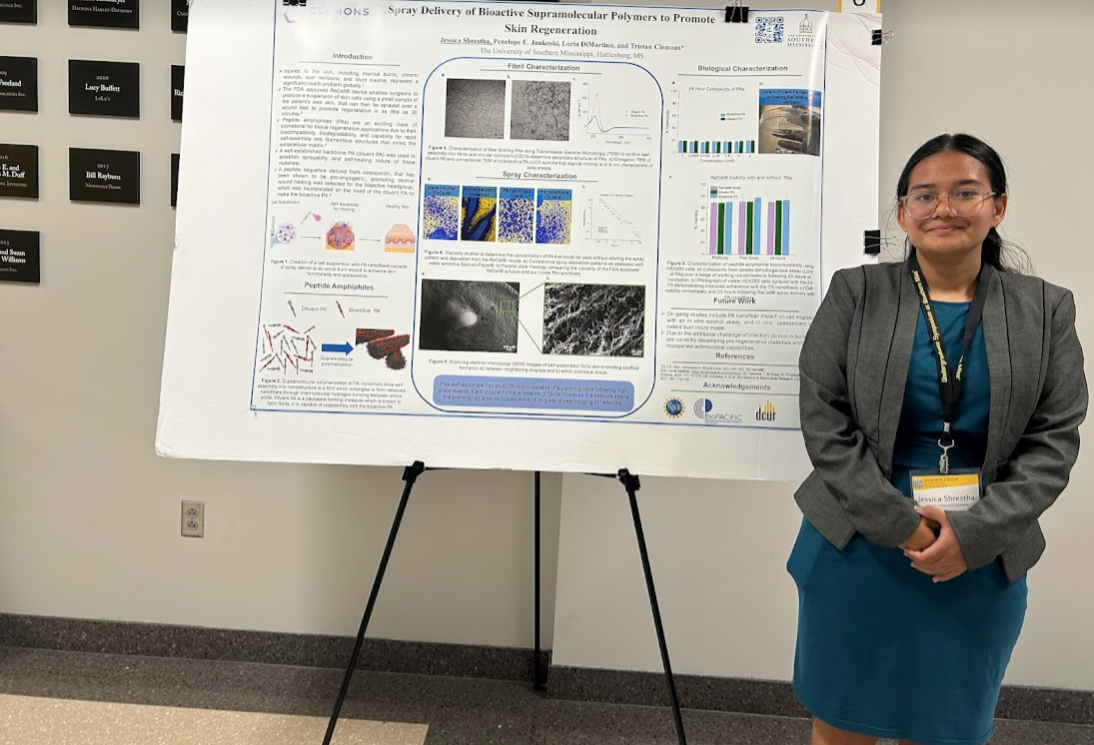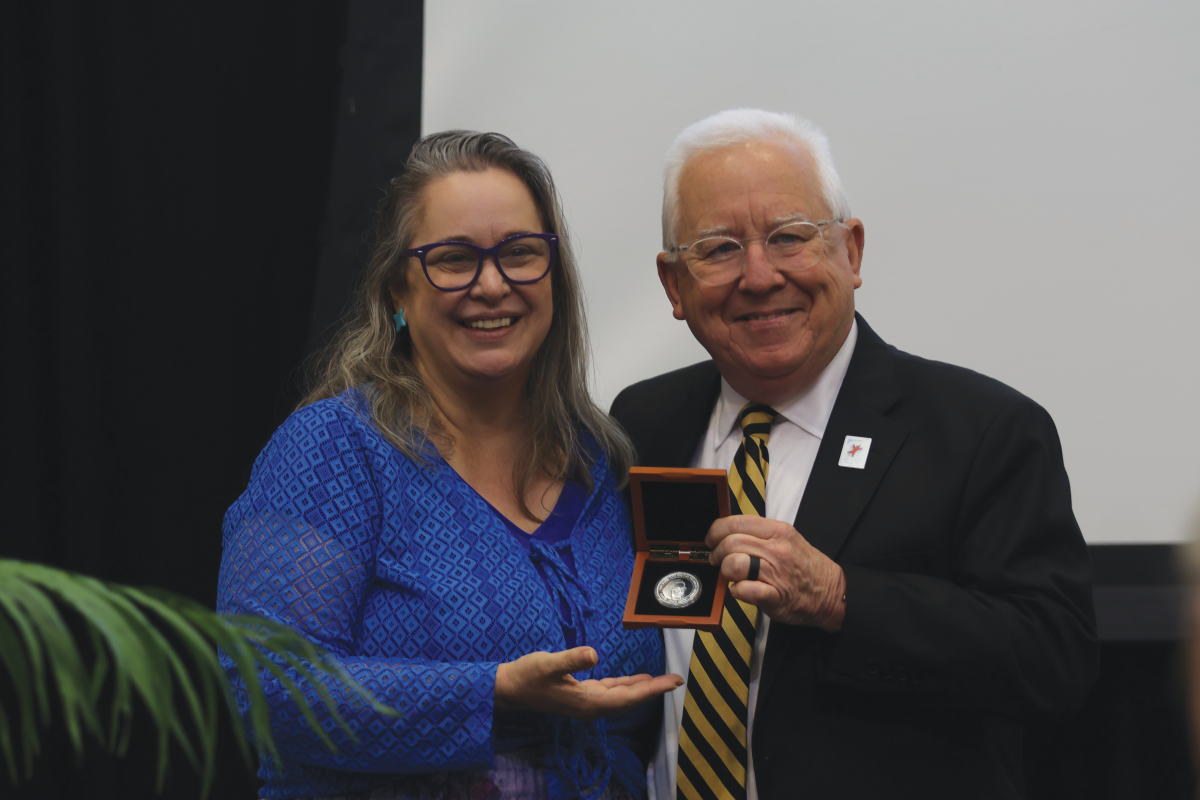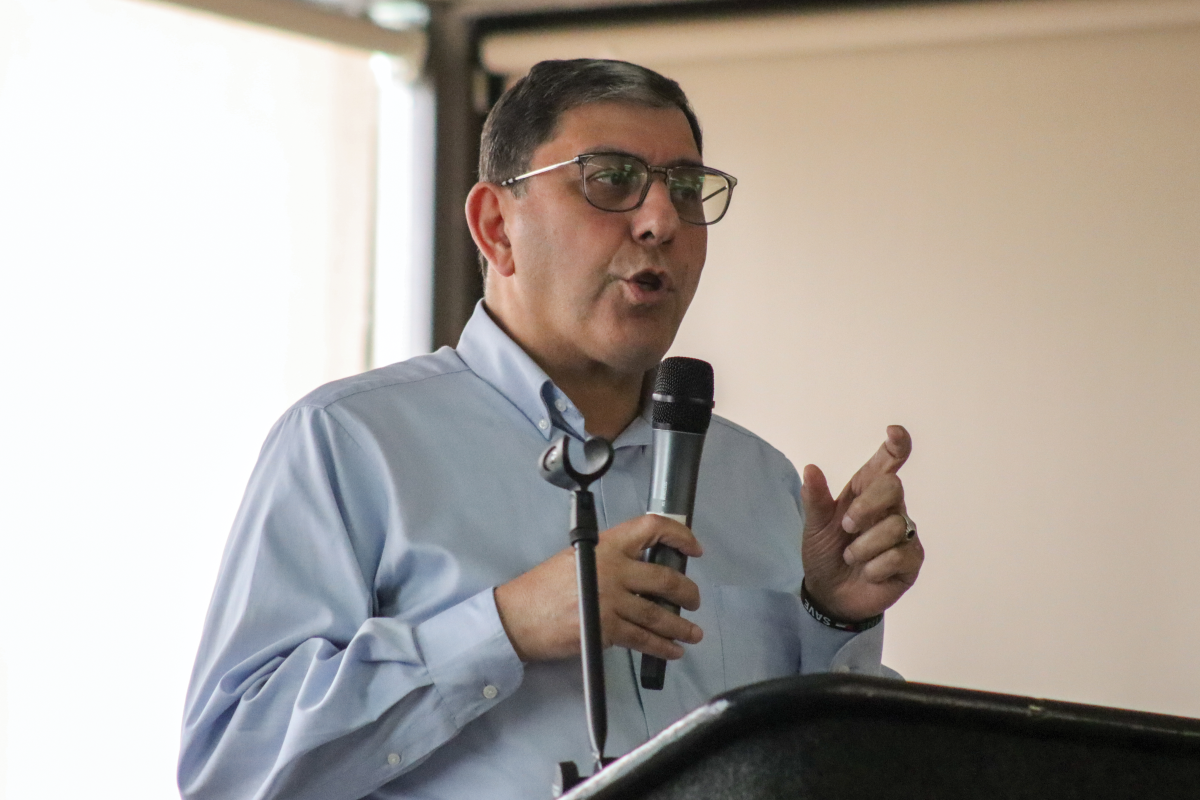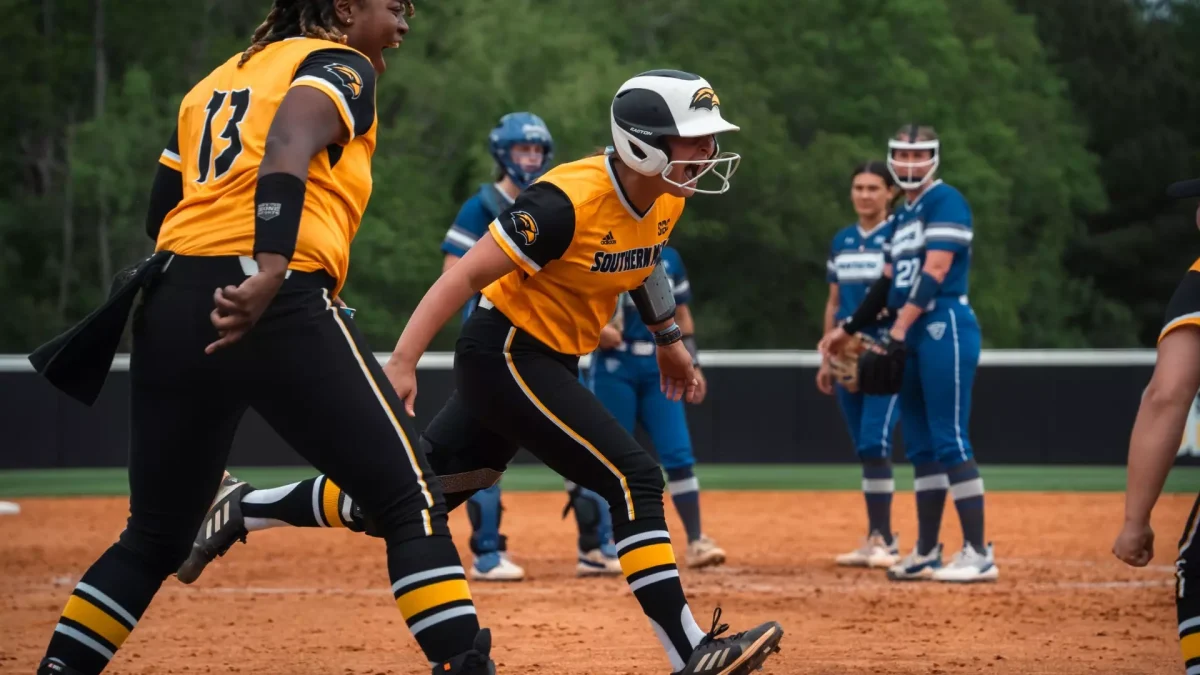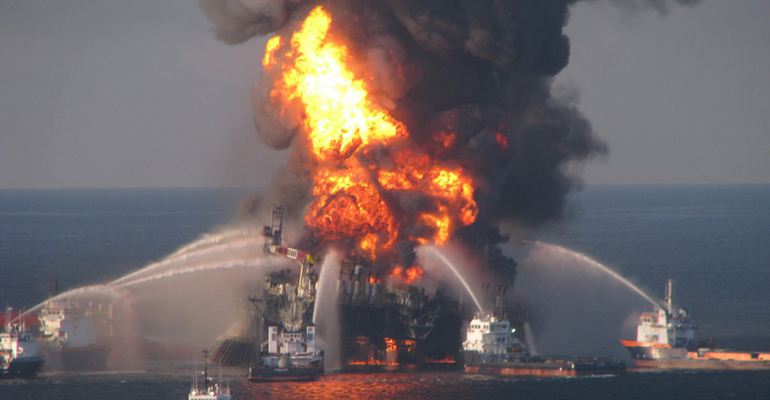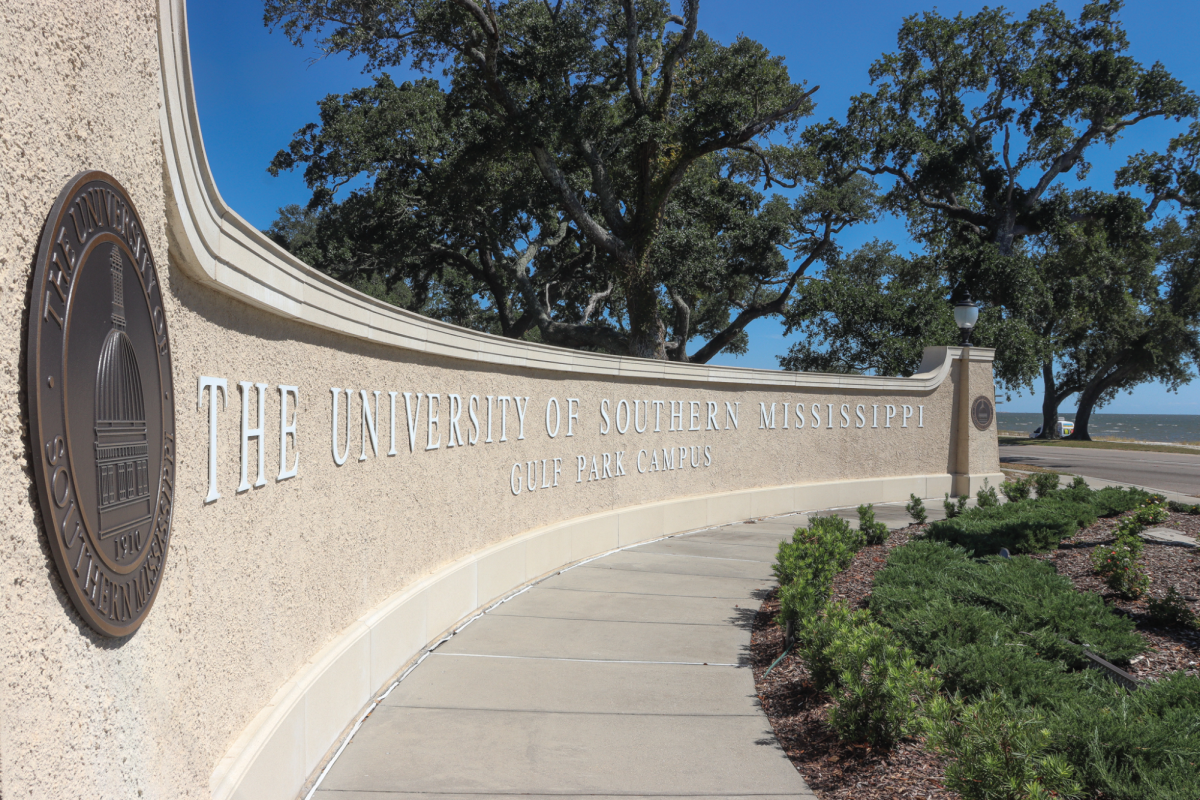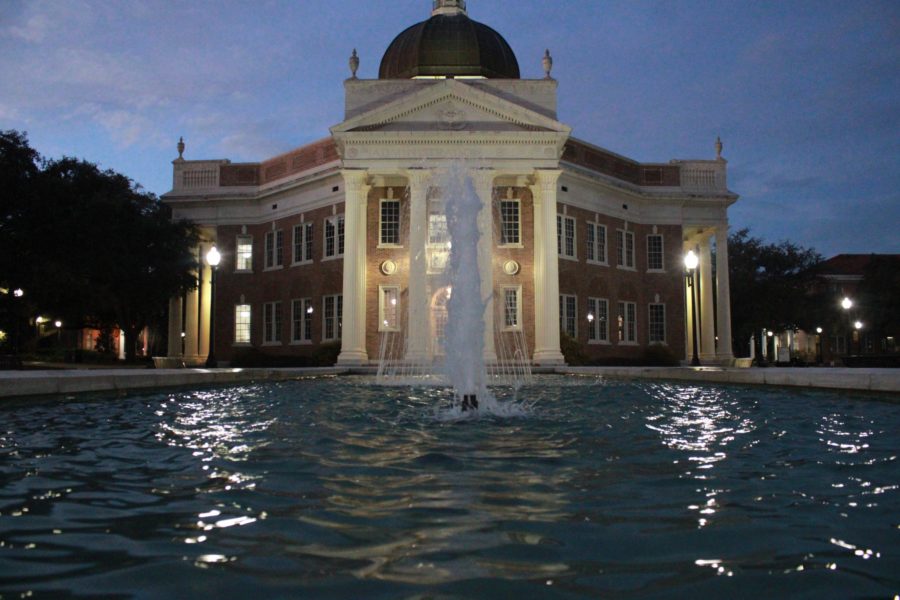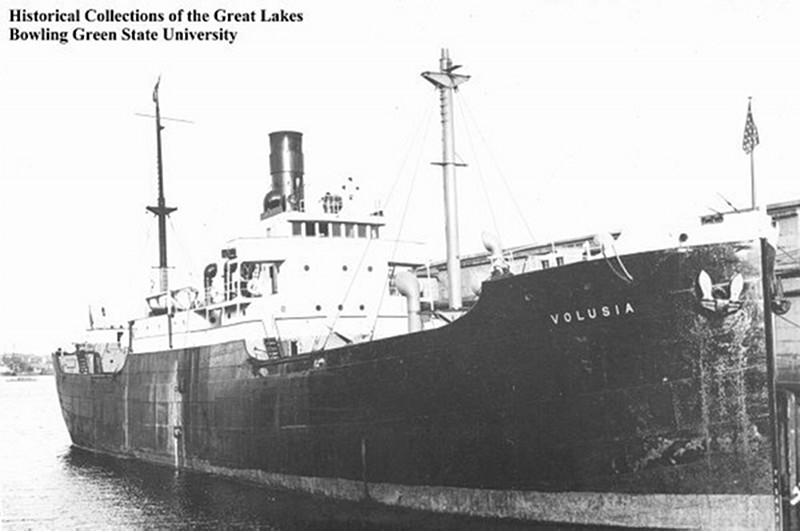Monday marks the fifth anniversary of the massive oil spill that contaminated the northern Gulf of Mexico, which was the largest environmental disaster in U.S. history.
As most remember, the explosion on the British Petroleum platform occurred when oil riggers drilled about 50 miles southeast of Louisiana. During the blast, 11 people died and 17 others were injured, according to a USM press release. The oil leak lasted 87 days and more than 200 million gallons of crude oil pumped into the Gulf of Mexico. From Florida to Texas, about 16,000 miles of coastline were affected by the spill.
University of Southern Mississippi researchers began robust research after the spill and continued their efforts ever since.
“USM has been at the forefront of the oil spill research almost since day one,” said Read Hendon, director of the Center for Fisheries Research and Development at GCRL, in a USM press release.
“Having the northern Gulf of Mexico quite literally in our own backyard positioned us strategically and practically to be a lead institution in studying the spill.”
Jessie Kastler, coordinator of program development at GCRL’s Marine Education Center, said multiple types of research will continue including lab, field and modeling studies, organism life histories and molecular responses to oil, water movement across the Gulf, dispersant interactions with oil and water and development of safer materials to disperse oil in future spills, according to the press release.
Kastler also said researchers are developing new tools and techniques to study the impact of oil behavior on physical ocean processes and impacts on organisms from plankton to large mammals.
“These studies will continue for years to learn specific pieces of information that will be joined to draw a complete picture of how the Gulf and its organisms responded to the Deepwater Horizon oil spill,” Kastler said in the press release.
Although research efforts are still in full swing, problems still linger in the coast’s waters.
According to the Sun Herald, oil still dots the seafloor, dolphin deaths have more than tripled and even some fish developed skin lesions and oil in internal organs. The Associated Press released a survey to assess the health of the Gulf of Mexico post-spill, the Sun Herald reported. AP surveyed 26 marine scientists and asked them different aspects of the weak ecosystem, and on average, they graded an 11 percent drop in overall health of the Gulf of Mexico.
The survey also noted that before the spill, the Gulf waters were a 73 on a zero-to-100 scale in overall health, while now it has dropped to 65. Scientists reported the health of sea turtles, oysters, dolphins, marshes and the seafloor had the biggest drops on the scale.


